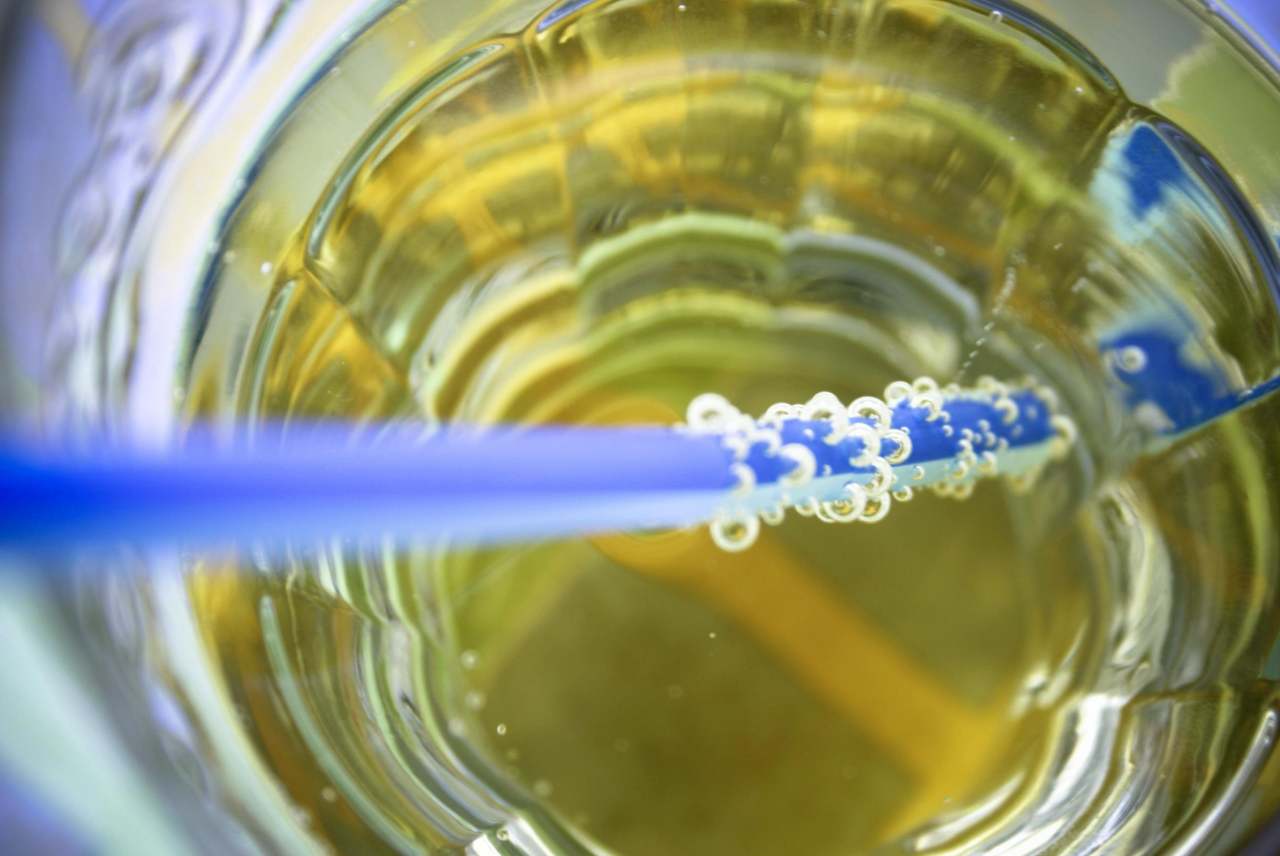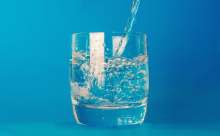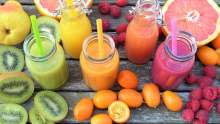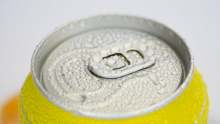From the field to the fridge
1. Sourcing raw materials
Brazil, India, China, Thailand & Pakistan are the top five global sugar producers. Sugarcane burning (used to remove the outer leaves before harvesting) can reduce local air quality, and pesticides can damage the local environment.
Around 80% of the world’s sugar is derived from sugar cane, grown by millions of small-scale farmers and plantation workers in developing countries. The price that smallholder farmers receive for cane can fail to cover the costs they incur to produce it, leaving them in a debt trap and with little capital to reinvest into their farms and local communities.
Fairtrade certification enables farmers to get improved access to international markets. The main economic provision of Fairtrade Standards in sugar is that farmers are paid a premium of $60 per tonne of sugar in addition to the negotiated price.
There are more than 54,960 sugar cane farmers in 19 countries participating in Fairtrade.
2. Syrup production
Flavourings, chemicals and sweeteners are blended together. Acids sharpen background taste, additives enhance taste, smell and appearance, emulsions improve appearance, and preservatives and antioxidants maintain colour and flavour.
3. Bottling
Syrup is mixed with water, then packaged for distribution. Carbonated soft drinks usually contain 94% water.
4. Sales and distribution
The product is sent to merchants or to distributors. Total refrigeration emissions from the UK soft drink supply chain are 1.5 million tonnes CO2 per year.
That makes it about 0.2% of the UK’s total emissions (including imported goods) – so it’s not a huge element, but it still isn’t nothing.
Home refrigerators, manufacturing and chilled transportation constitute just 8% of refrigeration emissions. 92% of refrigeration emissions come from ‘retail and food service’ and of this, 67% is food service – restaurants, pubs, hotels and so on.
Bottle coolers – the large fridges you see, for example in supermarket cafes, that contain beverages and sometimes don’t even have doors – represent an overwhelming 70% of the total refrigeration carbon footprint of the soft drinks supply chain
5. Finally, the product is in the hands of the consumer
The next step depends on whether it gets recycled. See our guide to soft drinks for more on this.
New carbon rating
10 companies received Ethical Consumer’s best rating for carbon management, although they may have had other criticisms in the Climate Change column.
This includes all of our Best Buys (apart from Luscombe and Pip’s). It also includes some big brands, such as Lucozade, Orangina, Ribena and Lipton, which all received a best rating.
26 companies received a worst carbon rating, showing far more needs to be done in the industry to tackle carbon emissions.




